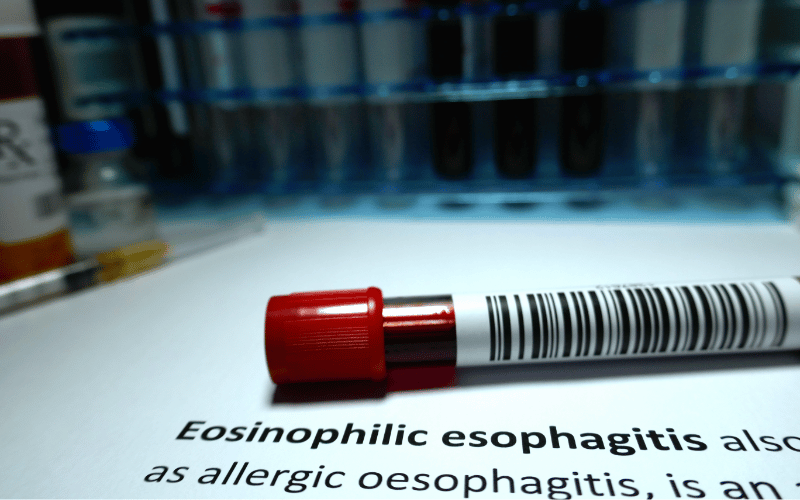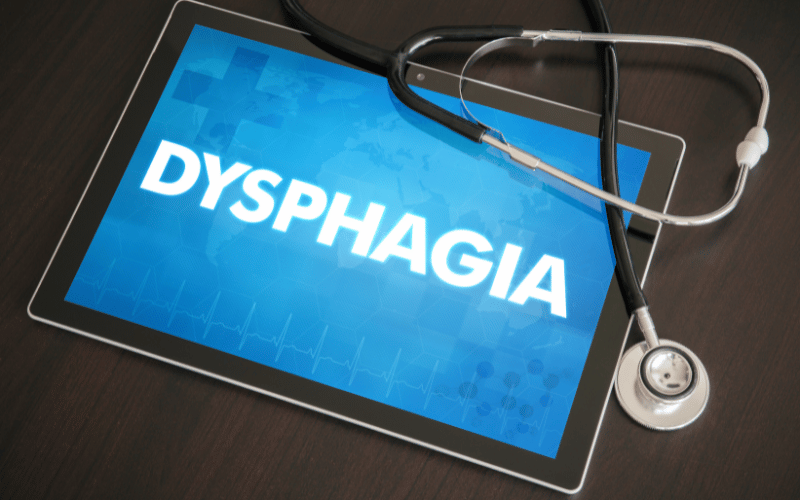Introduction: Navigating the Maze of EoE

Parents often feel a wave of panic when their child falls ill, especially when the symptoms are persistent and unclear. Enter the world of eosinophilic esophagitis. To truly grasp the impact of EoE, we first need to understand what it is. At its core, EoE is an allergic inflammation of the esophagus. The esophagus, which is the tube that connects our mouth to our stomach, becomes inflamed due to an overaccumulation of white blood cells called eosinophils.
In the case of children, the reasons behind this overaccumulation can range from food allergies to environmental triggers. While EoE can be found in adults as well, the symptoms and their implications often manifest differently in children. The overlap of EoE symptoms with those of other common pediatric conditions makes it even more challenging to diagnose. That said, with the right information, the puzzle becomes less daunting.
Awareness is the first step. Recognizing the signs early on can make a world of difference in managing and treating the condition. By equipping ourselves with knowledge, we can ensure our children don’t just endure but thrive, even in the face of conditions like EoE.
Symptom 1: Difficulty in Swallowing (Dysphagia)

Imagine watching your child sit at the dinner table. The ambiance is perfect, the food smells enticing, but as they take their first bite, their face contorts in distress. This is the reality for many parents of children with EoE, where dysphagia becomes an everyday adversary.
The medical realm categorizes this condition as dysphagia, a term defining the difficulty one experiences when swallowing. For a child with EoE, this can turn even the most delightful dish into an intimidating challenge. Every bite becomes a battle, transforming what should be an enjoyable experience into an obstacle course.
The root of this symptom lies in the esophagus. Children with EoE often have an overabundance of eosinophils in the esophagus. These white blood cells, usually beneficial for fighting off infections, become an issue when they gather in excess. Their accumulation leads to inflammation, causing the esophagus to narrow. This narrowed pathway can make swallowing feel like trying to push food through a tight tunnel.
Now, think about the emotional repercussions. A child, who once looked forward to family dinners, now associates them with discomfort. Every meal becomes an event surrounded by anxiety. They might start avoiding food, fearing the sensation of dysphagia. This, in turn, can lead to nutritional deficits and other health implications.
As parents and caregivers, understanding the nuances of dysphagia can make a world of difference. It’s not just about managing the physical symptom, but addressing the emotional and psychological implications as well. Offering patience, understanding, and seeking medical interventions can pave the path for a brighter, more comfortable future for the child. (1)